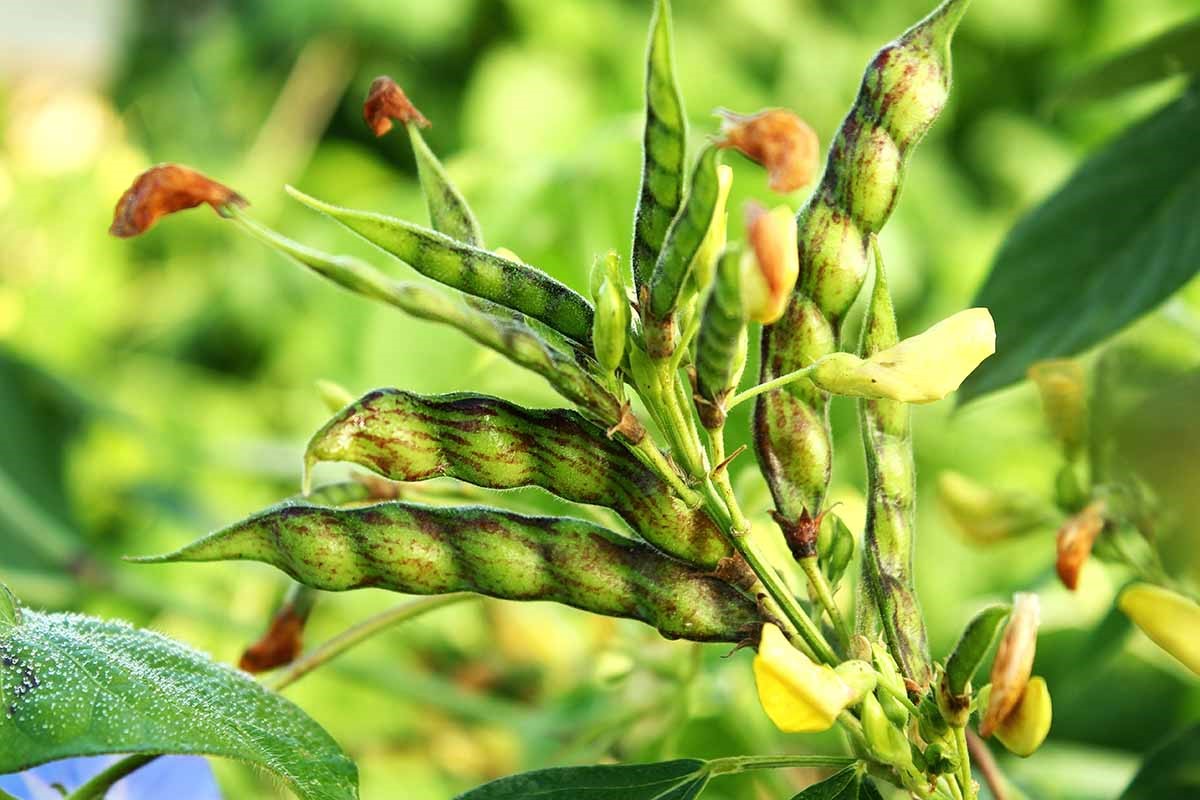Free Courses Sale ends Soon, Get It Now


Free Courses Sale ends Soon, Get It Now



Disclaimer: Copyright infringement not intended.
In News: New Fast-Breeding Protocol
Importance of Pigeon Pea (Arhar/Tur)
The New Fast-Breeding Protocol
Reduced Breeding Cycle
Ideal Conditions for Speed Breeding
Nutritional Value of Pigeon Pea
Impact on Pulse Production
Climate Resilience and Yield
Benefits for India
|
Pigeon pea (Cajanus cajan) Pigeon pea (Cajanus cajan) is a perennial legume plant from the family Fabaceae, commonly known as arhar or tur in India. It thrives in semi-arid tropical and subtropical regions, preferring well-drained soil and temperatures between 20°C and 30°C. Pigeon pea is known for its nitrogen-fixing abilities, which improve soil fertility. It is a valuable cash crop and a staple food in many cultures, especially in India, where it is used to make dal. Pigeon pea plants typically mature in about 5-6 months and are harvested when the pods turn brown and dry. However, the plant's long duration is due to its short-day nature and seasonal specificity, requiring specific conditions for flowering. Recent advancements in breeding techniques aim to reduce the breeding cycle to 2-4 years, enhancing food security in dryland areas of Asia and Africa. |
|
PRACTICE QUESTION Q. Pigeon pea is primarily grown in which type of climate? A) Arctic B) Temperate C) Tropical D) Mediterranean Answer. C) Tropical |
© 2024 iasgyan. All right reserved